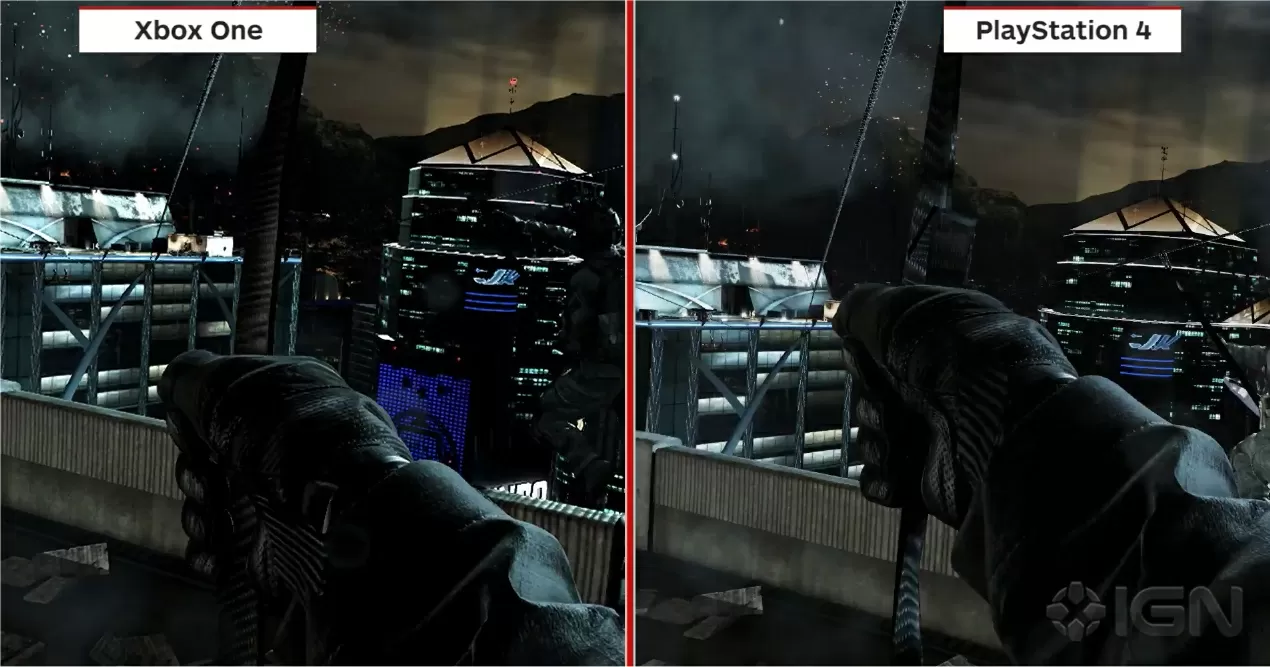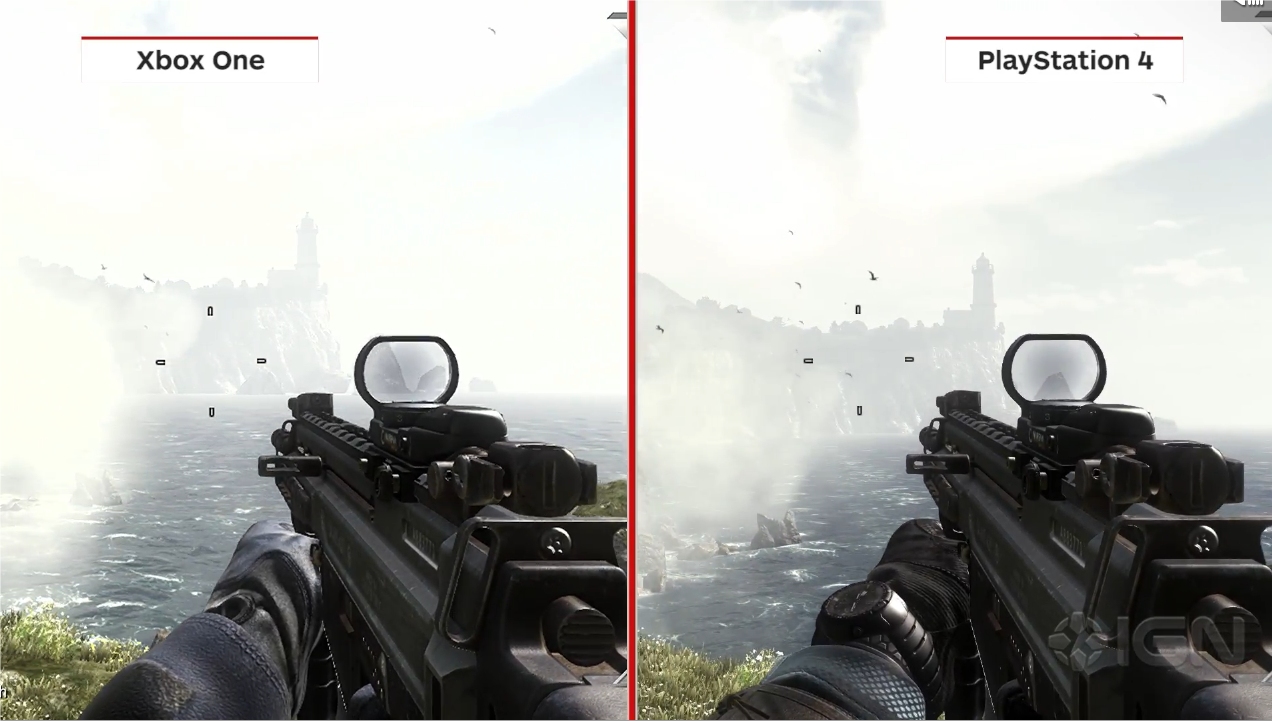Microsoft made two important announcements recently. The first was about Office 365 becoming a game changer. Today, I'll touch on the $50 price drop for the Xbox One. From November 2nd to January 2nd, you can get any Xbox One SKU for $50 off, which makes the entry level version $350. That's cheaper than the Playstation 4 at $400.
Microsoft is marketing this as a temporary promotion for the holidays, but that's just marketing. I have a hard time believing the Xbox One will go back up to $400.
The price drop is long overdue. The Playstation 4 is outselling the Xbox One by a significant margin – Ars Technica estimates by at least 40% – and the entire gap can be traced to one crucial decision. That's how thin the line is between success and failure in the console market. You can have a fantastic brand, recruit third party support, obtain exclusives, introduce innovations, ensure wide distribution, spend a lot of money on marketing... and still fail because of one bad decision.
That's not to say Microsoft hasn't made their fair few, but can you guess which bad decision I'm referring to? It wasn't bundling the Kinect, though that was rough because of the $100 price premium. It wasn't the DRM policies, or the always online requirement either. I think Microsoft was able to reverse those out early enough.
It was Microsoft's decision to go with 8GB of 2133MHz DDR3 RAM and 32MB of eSRAM memory for the Xbox One, while Sony opted to go with 8GB of 5500MHz GDDR5 RAM for the Playstation 4. This was terrible judgment on Microsoft's part, and if they lose the console war they can point to that decision as the cause.
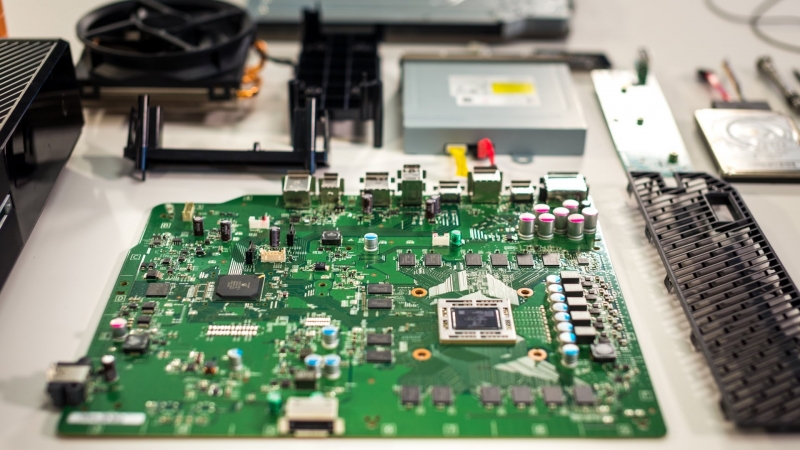
What's the difference between these two memory systems? The bottom line is that the Playstation 4 is effectively more powerful than the Xbox One because of it. Microsoft will argue that the gap can be lessened with smart use of the embedded SRAM, marginally faster CPU and built-in cloud capabilities, but the truth is few if any third party developers will go to those lengths to optimize for the Xbox One.
It's easier to simply lower the game's resolution on the Xbox One and call it a day.
You can see why this is a huge problem for early adopters and game enthusiasts.
Two choices: One costs $400 and has better graphics, the other costs $500 with extra hardware you may want but don't need. Exclusives are a wash. Which would you choose?
Two choices: Both cost $400 except one has better graphics. Exclusives are still mostly a wash. Which would you choose?
Most will choose the machine with better graphics.
Xbox fans will argue the visual differences are imperceptible. That may be true but beside the point – perception is reality and the perception is that the Playstation 4 is more powerful than the Xbox One.
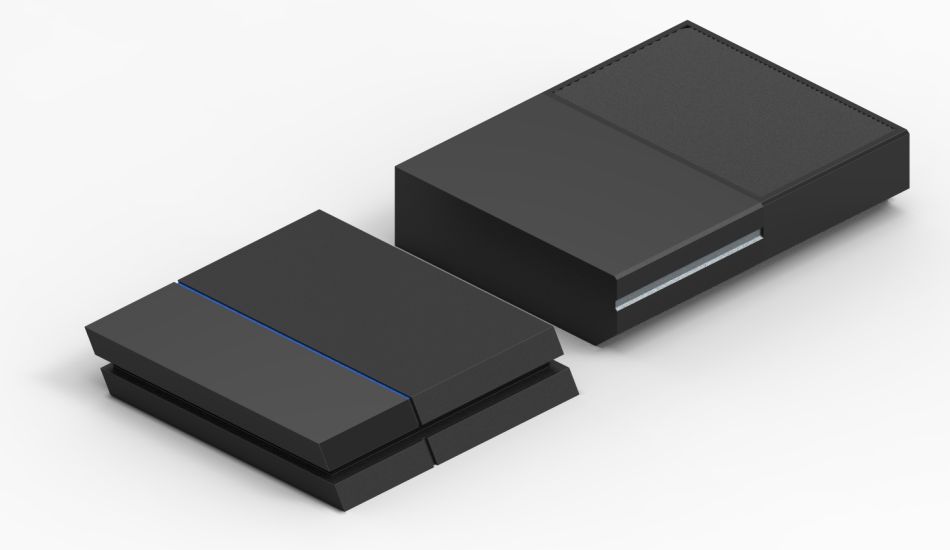
The problem goes deeper for Microsoft.
Let's say you purchased both consoles. A big third party game like Assassin's Creed comes out and the Playstation 4 version runs at a higher resolution. Do you get it for the Playstation 4 or the Xbox One? Most will choose the former.
The game's publisher sees that the Playstation 4 version sold better and concludes they should put more resources behind the winning platform. Those resources translate to better games which gives consumers even more reason to choose Sony. Microsoft itself earns less revenue to make up for its loss leader, the console itself.
It's a death cycle that Microsoft is in danger of falling into.
Those who follow the console market will point out that weaker machines haven't always lost. Indeed, the Sega Genesis held up admirably against the Super Nintendo, as did the Xbox 360 against the Playstation 3. There's one key difference however. Those weaker machines also cost less to make and thus were sold at cheaper prices. Gamers don't mind weaker machines as long as they are cheaper as well.
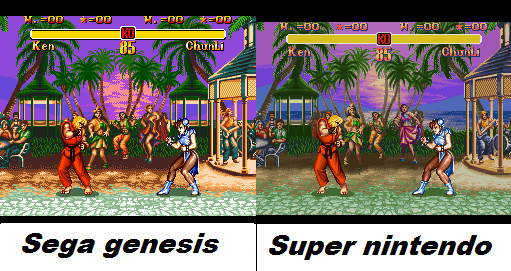
Unfortunately, the Xbox One costs just as much to manufacture as the Playstation 4. Research firm IHS estimated that the core of the console, what's responsible for the graphics (CPU, GPU, RAM and other electronics), costs the same for both the Xbox One and the Playstation 4: $263.
How is that possible? Again, it comes down to memory architecture. The eSRAM on the Xbox One means a larger die is required (a huge driver of silicon cost) – and that negates the Xbox One's cheaper and less powerful DDR3 memory. As Anandtech pointed out:
It turns out that Microsoft's silicon budget was actually a little more than Sony's, at least for the main APU. The Xbox One APU is a 363mm^2 die, compared to 348mm^2 for the PS4's APU. Both use a similar 8-core Jaguar CPU (2 x quad-core islands), but they feature different implementations of AMD's Graphics Core Next GPUs. Microsoft elected to implement 12 compute units, two geometry engines and 16 ROPs, while Sony went for 18 CUs, two geometry engines and 32 ROPs. How did Sony manage to fit in more compute and ROP partitions into a smaller die area? By not including any eSRAM on-die.
So why would Microsoft opt for a system that costs the same but is less powerful? At the time, there were concerns about the availability of GDDR5, the kind used in the Playstation 4. DDR3 memory, by comparison, was readily available. Microsoft worried it wouldn't be able to secure enough GDDR5 supply and thus opted for DDR3, with eSRAM to make up the difference.
Fortunately for Sony, GDDR5 supply didn't turn out to be a bottleneck. In fact, Sony was able to launch in many more countries with more consoles ready for sale than Microsoft. Unfortunately for Microsoft, it also meant it had a console that appeared weaker graphically – a sin for hardcore gamers who are the first to buy new, expensive consoles.
Without losing a lot of money anyway, a scenario Microsoft wants to avoid. Shareholders and financial analysts rightly view the Xbox as adjacent to Microsoft's mobile first, cloud first strategy; why then invest so much in a potentially unprofitable business?
And that, dear readers, is why the Playstation 4 is ahead of the Xbox One. It reminds me of Al Pacino's speech in the movie Any Given Sunday. In the console wars, it truly is a game of inches.
Can you imagine if Microsoft had just opted for GDDR5 memory? The Xbox One and the Playstation 4 would have the same exact hardware. There would be no resolutiongate and it wouldn't have been so easy for hardcore gamers to choose which to support. It would be a race to secure the better exclusives, provide a better network environment, and so on. Sure, Microsoft would have still made their earlier snafus, but those were all reversible. A bad hardware decision is not.
For Microsoft to make a comeback, they must sell the Xbox One at a lower price than the Playstation 4. It means Microsoft will make dramatically less money even if they do win out, but that's the price you pay for bad decisions.

